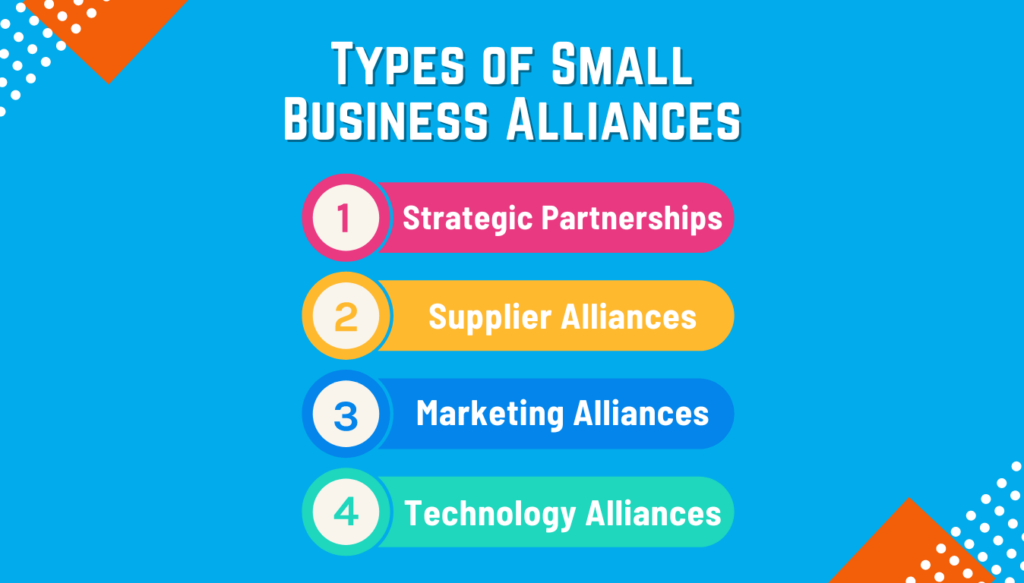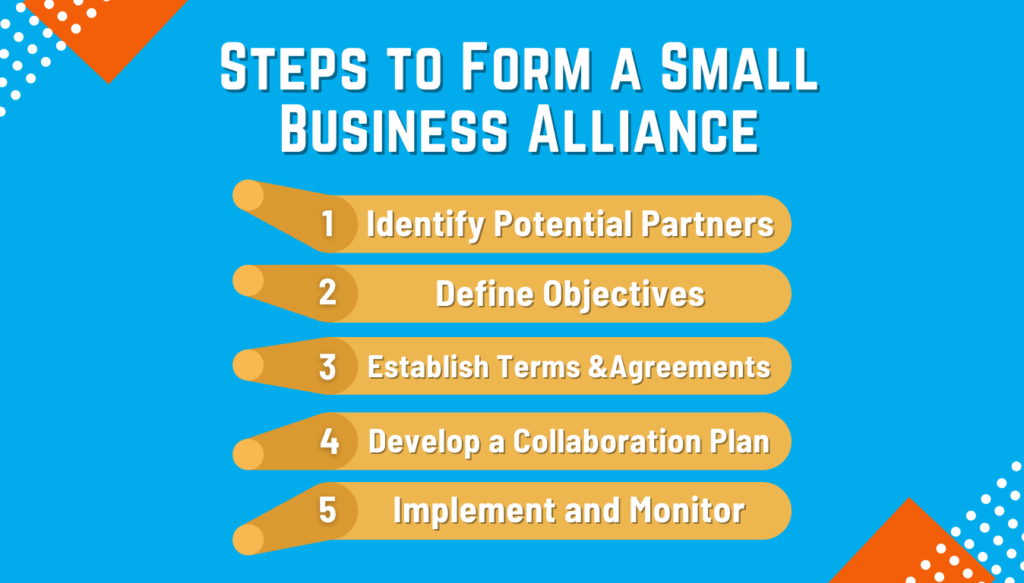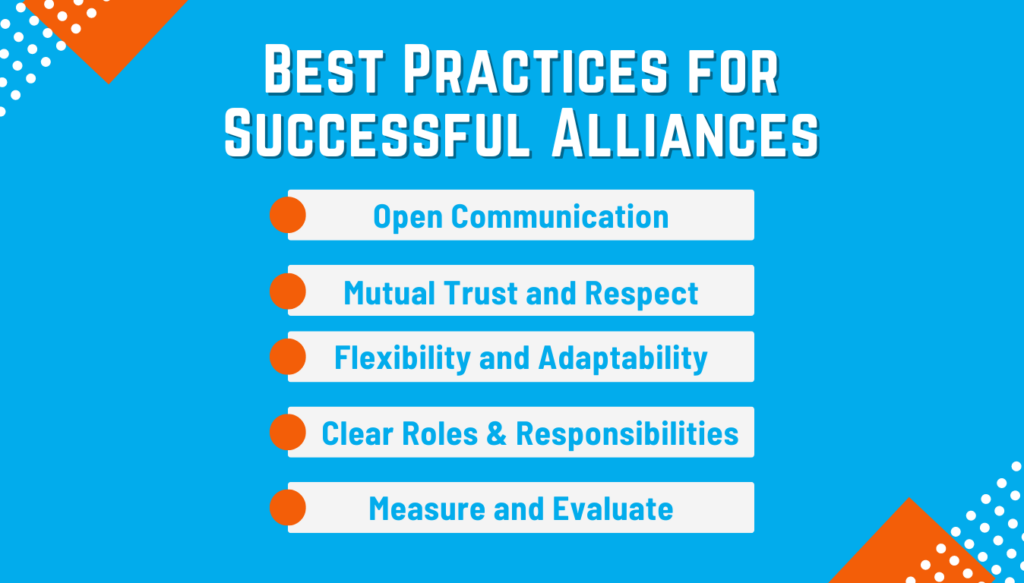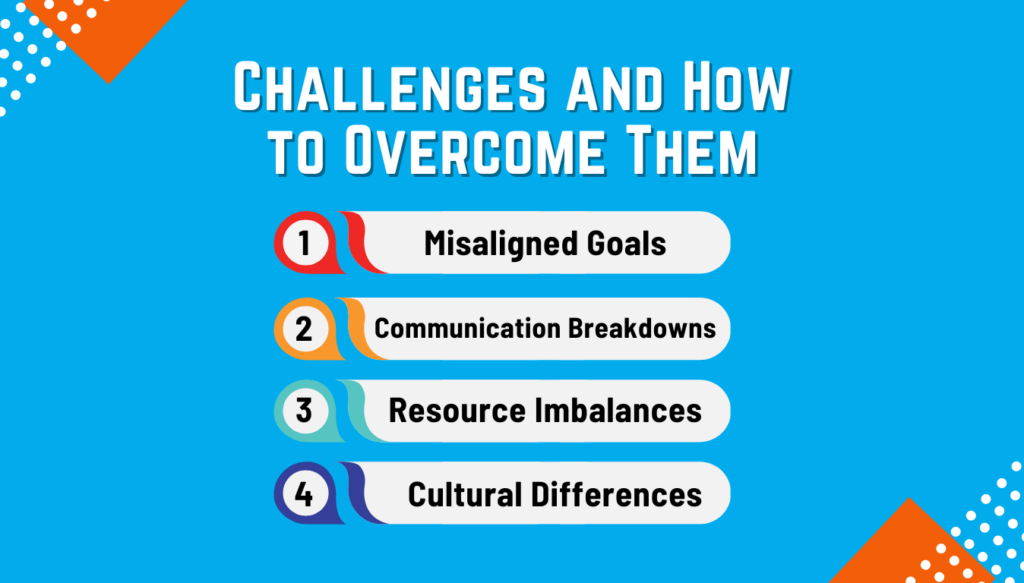What is the Small Business Alliance?
The Small Business Alliance is a collective or network designed to support and empower small business owners and entrepreneurs. Such an alliance often offers resources, networking opportunities, advocacy, and guidance to help small businesses thrive. By joining a Small Business Alliance, entrepreneurs can gain access to shared knowledge, collaborate with other business owners, and leverage collective bargaining power to negotiate better deals with suppliers or service providers.
These alliances often play a crucial role in fostering a strong small business community, providing a platform for business owners to connect, share challenges, and learn from each other’s experiences. Whether through workshops, mentorship programs, or lobbying for favourable policies, a Small Business Alliance can be an invaluable resource for those looking to start or grow their business.
Ultimate Guide to Small Business Alliances
In today’s competitive market, small businesses face numerous challenges that can be mitigated through strategic alliances. A small business alliance is a partnership between two or more companies for mutual benefit. This guide delves into the intricacies of forming successful small business alliances, from identifying potential partners to maintaining and growing the relationship.
Benefits of Small Business Alliances

1. Shared Resources
One of the most significant advantages of small business alliances is the ability to share resources. This can range from physical resources like office space and equipment to intangible resources such as expertise and market insights. Sharing resources can lead to significant cost savings and improved operational efficiency.
2. Expanded Market Reach
Alliances allow small businesses to tap into each other’s customer bases and markets. This expanded reach can lead to increased sales and market share without the need for extensive marketing expenditures.
3. Enhanced Credibility
Partnering with reputable businesses can enhance your company’s credibility. Customers are more likely to trust a business that has associations with other well-known and respected entities.
4. Innovation and Learning
Collaborating with other businesses fosters an environment of innovation. Partners can share ideas and insights, leading to new products, services, and processes. This knowledge exchange can be invaluable in staying competitive and innovative.
Types of Small Business Alliances

1. Strategic Partnerships
Strategic partnerships involve a formal agreement between businesses to collaborate on long-term goals. These partnerships can take various forms, such as joint ventures, co-branding, or co-marketing efforts. Strategic partnerships are usually formed to achieve specific business objectives like entering new markets or developing new products.
2. Supplier Alliances
Supplier alliances involve partnerships between businesses and their suppliers. These alliances can result in better terms, improved supply chain efficiency, and higher-quality products. Maintaining strong relationships with suppliers can also ensure reliability and prompt service.
3. Marketing Alliances
Marketing alliances are partnerships where businesses collaborate on marketing efforts. This can include joint advertising campaigns, co-hosted events, and shared content creation. Marketing alliances can significantly increase brand visibility and attract new customers.
4. Technology Alliances
Technology alliances involve sharing or jointly developing technology solutions. These partnerships can include co-developing software, sharing IT infrastructure, or providing technical support to each other. Technology alliances can lead to enhanced technological capabilities and innovation.
Steps to Form a Small Business Alliance

1. Identify Potential Partners
The first step in forming a small business alliance is identifying potential partners. Look for businesses that complement your own, have a similar target audience, and share your values. Research their market presence, reputation, and past partnership experiences.
2. Define Objectives
Clearly define the objectives of the alliance. What do you hope to achieve through this partnership? Ensure that both parties have aligned goals and a shared vision for the collaboration.
3. Establish Terms and Agreements
Develop a formal agreement that outlines the terms of the partnership. This should include roles and responsibilities, financial arrangements, confidentiality clauses, and termination conditions. Having a clear agreement helps prevent misunderstandings and ensures that both parties are on the same page.
4. Develop a Collaboration Plan
Create a detailed plan for how the partnership will operate. This should include communication strategies, project timelines, and performance metrics. A well-defined plan helps keep the partnership organized and focused on achieving its goals.
5. Implement and Monitor
Launch the partnership and begin implementing the collaboration plan. Regularly monitor the progress of the partnership and review performance against the established goals. Make adjustments as needed to ensure the alliance remains effective and beneficial.
Best Practices for Successful Alliances

1. Open Communication
Maintaining open and transparent communication is crucial for the success of any alliance. Regular meetings and updates help ensure that both parties are informed and can address any issues promptly. Establish clear communication channels and protocols from the outset.
2. Mutual Trust and Respect
Trust and respect are foundational elements of any successful alliance. Ensure that both parties are committed to the partnership’s success and are willing to invest the necessary time and resources. Mutual respect fosters a positive and productive working relationship.
3. Flexibility and Adaptability
Be prepared to adapt to changing circumstances and market conditions. Flexibility is key to addressing challenges and seizing new opportunities. Both parties should be willing to make adjustments to the partnership as needed.
4. Clear Roles and Responsibilities
Clearly define each partner’s roles and responsibilities. This helps avoid misunderstandings and ensures that tasks are completed efficiently. Each party should understand their specific duties and how they contribute to the overall goals of the alliance.
5. Measure and Evaluate
Regularly measure the performance of the alliance against established goals. Evaluate the effectiveness of the partnership and make necessary improvements. Continuous evaluation helps ensure that the alliance remains aligned with its objectives and delivers the expected benefits.
Challenges and How to Overcome Them

1. Misaligned Goals
One of the common challenges in small business alliances is misaligned goals. Ensure that both parties have a clear understanding of the partnership’s objectives from the outset. Regularly revisit and realign goals as needed to keep the partnership on track.
2. Communication Breakdowns
Communication breakdowns can hinder the success of an alliance. Establish clear communication channels and protocols. Regular check-ins and updates help prevent misunderstandings and keep both parties informed.
3. Resource Imbalances
Resource imbalances can create tension in a partnership. Address any imbalances in resources or contributions to ensure that both parties feel valued and that the benefits are fairly distributed. Open discussions about resource allocation can help prevent conflicts.
4. Cultural Differences
Cultural differences between partnering businesses can pose challenges. Recognize and respect these differences and foster an inclusive environment that values diverse perspectives. Building cultural awareness and understanding can help bridge gaps and enhance collaboration.
Top Platforms to Build and Join a Small Business Alliance
Here are several platforms that facilitate networking, support, and alliances for small businesses:
- Chamber of Commerce – Local or national chambers often provide opportunities for small business alliances through networking events, resources, and advocacy.
- SCORE – A nonprofit organization that partners with the U.S. Small Business Administration (SBA) to offer mentorship and resources for small businesses.
- National Small Business Association (NSBA) – Offers support and lobbying for small businesses, providing a platform for collaboration and alliances.
- American Independent Business Alliance (AMIBA) – Focuses on supporting independent and small businesses by providing resources and promoting collaboration.
- Meetup.com – Entrepreneurs can form local alliances or networking groups on platforms like Meetup, allowing small businesses to connect and collaborate.
- LinkedIn Groups – There are numerous LinkedIn groups focused on small business networking, mentorship, and alliances.
- B2B Networking Groups (BNI) – Business Network International (BNI) offers a structured way for business owners to form alliances and refer clients to one another.
- Facebook Groups – Many small business alliances are formed within niche Facebook groups where business owners share advice, services, and collaborations.
- WeWork – While primarily a co-working space provider, WeWork also hosts entrepreneurial events and communities where small business owners can form alliances.
These platforms can help business owners connect with like-minded entrepreneurs, share resources, and grow their ventures together.
Conclusion
Forming a small business alliance can provide significant benefits, from shared resources and expanded market reach to enhanced credibility and innovation. By understanding the types of alliances, following the steps to form them, and adhering to best practices, small businesses can create successful partnerships that drive mutual success.
Remember, the key to a thriving alliance is open communication, mutual trust, and a shared commitment to achieving common goals. With careful planning and continuous evaluation, small business alliances can become a powerful tool for growth and competitiveness.



